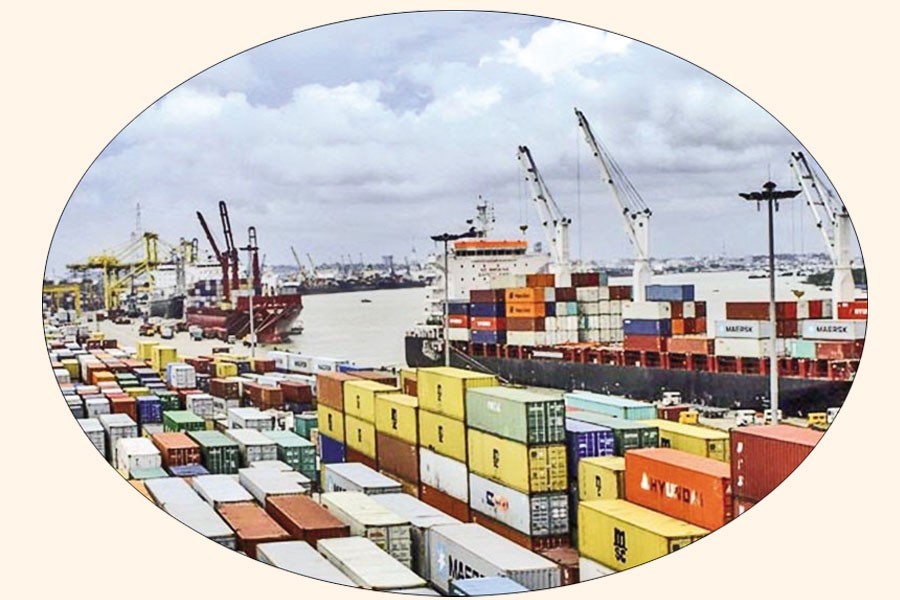A number of write-ups on renewable energy have been published in this newspaper recently. The potential of renewable energy, especially solar power, and the way of harnessing this have been discussed in details by experts in this field. The issue of renewable energy has come into focus these days for two reasons: Firstly, around 100 nations pledged at the COP26 (Conference of Parties) at Glasgow in 2021 to slash methane emissions. Secondly, fuel oil prices have spiked following the Russia-Ukraine war that has its rippling effect on economies across the globe.
The shock wave from the global energy market has not spared even Bangladesh. The country raised energy prices to cushion the effect as it depends heavily on oil and gas for power generation. Gas accounts for 60 per cent of the power generation and furnace oil 22 per cent followed by other sources of energy. According to the Energy and Mineral Resources Division's annual report, 2020-21, the domestic proven reserve of gas is 12,252 BCF, of which 8,802 BCF has already been extracted. Now there remains an extractable reserve of 3,449 BCF, unless new reserves are found. That indicates how fast the gas reserves are depleting.
Bangladesh is now weaning itself off coal gradually like other countries at a time when other fossil fuels are getting scarce. In this situation renewable energy can be a game changer. The trends across the world show that the use of renewable energy is increasing fast. Experts forecast that renewable energy will be the prime sources of power generation in the world by 2050. Denmark is fully dependent on renewable energy for power generation as Europe is showing its growing appetite for it. In India also the use of renewable energy is increasing fast. According to experts, nearly 100,000mw of electricity is generated from renewable energy in the country and the government has set a far higher target of power generation from this source of energy in the days to come.
But in Bangladesh, according to Sustainable and Renewable Energy Development Authority (SREDA), only 881mw of electricity, both on-grid and off-grid, comes from renewable source, including 647mw of solar power. This is rather frustrating. Oddly though, when the world is marching ahead, we are lagging behind. If Denmark can fully depend on renewable energy, why is Bangladesh taking the slow lane while solar PV technology is tipped to be the most cost-effective option? The global weighted average of the installed cost of solar PV technology has dropped sharply by 80 per cent. In line with that trend, in Bangladesh also the tariff of IPP (independent power producer) solar PV power dropped around 50 per cent in the last five years.
Bangladesh is aspiring to be a developed country by 2041. To achieve this feat, it will have to depend heavily on industrialisation. This will lead to a shift of the peak demand for power from evening to the day time. The country needs to get ready for that by gradually raising its use of solar PV technology. It is heartening to note that some private companies are installing factory-based small-scale solar power plants to meet their own demand. The government should come up with more policy measures to encourage growing use of renewable energy, especially solar power, across the country.


